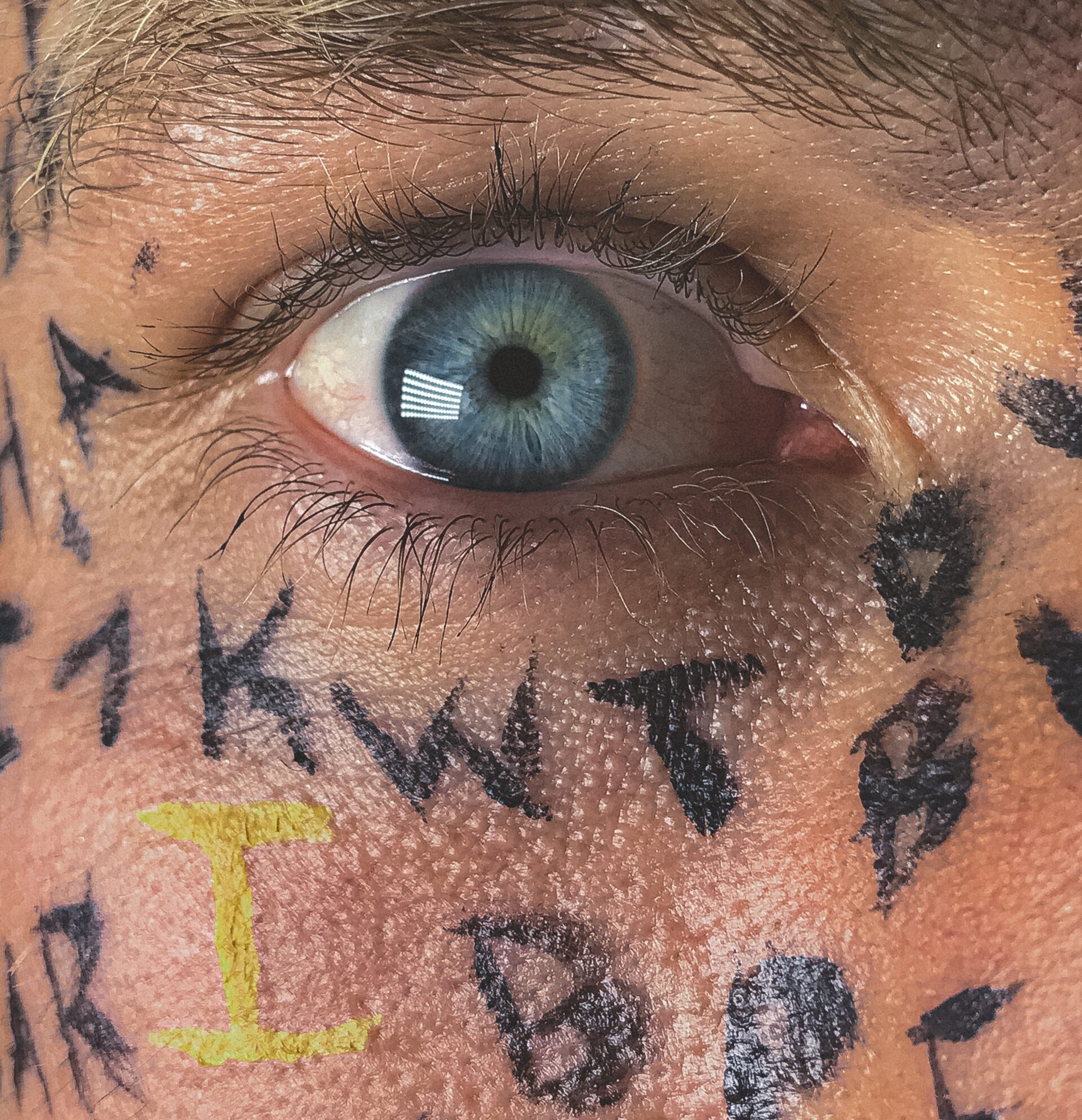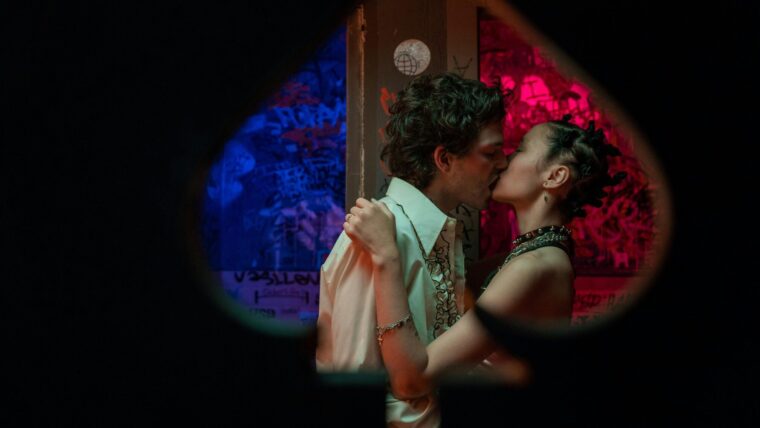This piece was written a few years ago, in the depth of trying to navigate my partner’s manic behaviour.
The truth is…
That some people only start living fully after being stripped of the life they once had and being forced to rebuild themselves from the ground up.
Think freak accidents, devastating losses, intense moments of doubt and fear. Emotions like jealousy, greed, lust, anger, confusion, sadness, disappointment.
And what would these mean had we never experienced their opposites/counterparts? What’s night without day? What’s rough without delicate? What’s busy without bored? What’s complicated without simple?
I find that for anything to appear to us as we describe it above, we must have experienced its opposite.
That’s how definitions are shaped. We compare things to what else is out there.
Everything is relative to each other.
So to be able to label a feeling as happy, we must know what sad feels like. Without that comparison, we wouldn’t see happiness as anything positive. Rather, it would just be the status quo. And without dips to compare the highs to, the highs start to seem less and less exciting. Less positive.
Alternatively, without confusion, we wouldn’t really know how clarity feels. Confusion is a necessary low to shape clarity as being a high we feel when we understand something well.
How could we ever appreciate sleeping in if we’ve never been sleep deprived from countless early mornings necessary with raising a baby, or training a dog, or getting a head start on piles of work?
How could we ever find intense the joy in spending a weekend at home with a hot cup of tea and good book in hand, if we’ve never spent our days off being social butterflies and wished for a more relaxing break?
How could we ever appreciate the silence and fresh air walking through downtown late at night, if we’ve never had a headache from the loud buzzing of many simultaneous conversations in a tight and crowded space?
How could we ever appreciate what is without what isn’t?
What’s yin without yang?
Sometimes, I find that the intensity of the positive feeling can be greatly increased by comparing it to its highly intense negative counterpart.
So can we say that really low lows are what make the really high highs be appreciated as such?
I think so.
Those who never had to wake up early in the morning would never think that what others would call ‘the luxury of sleeping in’ is a luxury at all. It’s just the status quo.
Those who never experienced discomfort in a loud and crowded space would never experience the joy of fresh air and silence in the same way.
Unfortunately (or perhaps fortunately) it often takes a painful experience for us to appreciate joy in the absence of pain.
An intense accident and the associated memory of its excruciating pain is the only reason that years later, after the healing process is complete, we can wake up in the morning and be grateful. Be consciously grateful that we’re fully mobile and our bodies don’t hurt with each movement.
The negative moments are necessary for us to see the positive.
Yes, that means that intense joy isn’t quite as intense without depression.
That’s the silver lining to the dark cloud I think.
Depression can leave us feeling unworthy, paralyzed, sad, confused, angry and sometimes all of those at once. Or maybe even worse, indifferent.
But when the dark clouded passes, the sunlight it lets shine through is brighter and warmer than we remember it being when depression didn’t exist in our lives.
The intensity of that joy is exponential, because its opposite had never been so stripped of joy as it was in the depressive episode.
With darkness, light exists. Without darkness, we wouldn’t be able to appreciate the goodness of light.
Because it would be a given. It would be normal. There would be no other way.
And that’s the way our universe works.
It’s beautiful.
With realization that the lows are a necessary ingredient in experiencing the highs, comes a new realm of possibility. What opens up is ceasing to live a life of the victim, taking situations by the horns and creating opportunities out of every dip.
Don’t indulge in the self-blame, shaming and victim game. See the lows for what they are and ask yourself, “What kind of opportunity lies hidden here?”
So I try to see the good in the lows. The necessity of their existence.
And when the highs come along, I allow myself to really seep in the joy, gratitude and sheer respect for being able to really appreciate the good times. For having lived through the bad.
Because if you don’t allow yourself to feel emotion at its most intense, you’re just existing through life instead of living it.
Now there’s another interesting distinction about the world opposites.
Could we go so far along the positive spectrum, that it’s just too much? That if you have the depressive state extreme mapped on a line and great joy mapped on the other end, you imagine that spectrum’s ends be connected so it makes a circle.
Which would connect the great joy to the extreme depression.
That doesn’t make much sense, does it? Can you have so much of a “good” feeling that it’s “bad”.
Well I would say that this circular representation of emotions is actually quite accurate, especially since they’re all relative to each other and can flow from one to another so easily.
Human beings don’t always smoothly go from being happy to slightly less happy to neutral to slightly angered to deeply pissed. Mood swings won’t quite work that way, so the circular representation depicts the sometimes-sudden fluidity of the emotional spectrum.
Now back to our new connection of great joy and extreme depression in our circle so far. I’d say there’s a gap there.
This is one of the most interesting distinctions for me so far, one that is also diagnosed by traditional medicine today, similar to depression.
The period of this extra intense joy, if you picture the positive spectrum being stretched into the extremes, is almost a euphoric happy feeling.
Sounds freaking pleasant, no? Perhaps those who are predisposed to have this state be real in their emotional vocabulary can be considered lucky even.
But there’s a catch.
First, the euphoric happiness is the brightest sun that balances the pitch blackness. That’s to say that often, it’s those of us who experience the deep depressive states that also see the days of extreme positivity. The yin with the yang.
These periods that fill the gap between great joy and extreme depression are called manic states.
They can take on a multitude of forms, making them potentially extreme difficult to catch. Sometimes, those who seek help for depression also have manic episodes, but that end of the spectrum is overlooked and ignored. One reason is that the right questions aren’t asked of the person seeking help. And the other reason is that the person seeking help doesn’t logically consider those euphoric states to be anything out of the ordinary. In the face of deep darkness, blinding light may actually appear to be just bright enough.
So what do manic states look like? They can take a wide variety of forms.
The rider of this euphoric part of the rollercoaster starts feeling absolute positivity, increased energy and overall super-human-like desires, wants, or even abilities.
An extreme “YOLO” or “Hakuna Matata” mind-set is sometimes exhibited. The rider’s decision-making logic becomes quite different from their typical thought process when making life choices. When everything seems to be 100x better than fine and dandy, the potential benefits of a course of action obviously outweigh the risks and fears.
So in a manic state, you just go for it and don’t look back.
In our rollercoaster analogy, it might mean not wearing a seat belt, because “Nah, nothing can go wrong”.
So you can imagine how dangerous this could be.
I think that the wide variety of forms of manic states I mentioned are actually exhibited based on the person’s innate character and personality.
The overall symptoms are similar, including the person needing less sleep, having more energy, being more talkative than usual, expressing themselves more intensely in conversation, and overall acting like nothing can stop them.
Stop them in what though?
That’s where the activity itself comes in and the manic state unlocks people innate interests,
desires and skills to a superhero level.
Let’s say you’re a fitness-fanatic. You’re a regular gym-goer and there’s nothing more satisfying than keeping up your work out streak, seeing your physique progress for the better. In a manic state, you may be obsessive about going to the gym, sometimes going multiple times per day. You’re hanging out in front of the mirror for hours at a time, making notes on what body parts you’ll focus on next.
Or maybe you enjoy shopping occasionally. You follow the latest trends and have an eye for noticing a well-dressed fellow human. In a manic state, you may be more of a shopaholic. You’re spending left, right and centre and are ecstatic about every new find.
Perhaps you’re an artist who makes music. You have a journal going to record your music and lyric ideas, occasionally play at open mics, but mostly keep your music to yourself. In a manic state, you may lock yourself at home day after day, making music nonstop. You’re inspired like never before and the creative fire inside you drives you to write tons of music and even book yourself in for multiple shows in a row.
In another case, you’re a computer engineer, a programmer. You have the technical ability and drive to solve complex problems like it’s the morning crossword puzzle. In a manic state, you may find yourself at your peak productivity, coding for hours on end without thinking about necessities such as food or water. You’re happy to create and increase efficiencies of your work and in no time at all, you’ve accomplished what others in your field would complete in a few months.
The case of my boyfriend is the last.
Not only is he a very talented programmer, but he also has an interest in online sales and marketing. In today’s day and age this is a brilliant combination in my opinion.
In his non-depressive state, manic or not, he’s a technical genius with all things tech and is a creative genius when it comes to marketing and selling things online. On top of that, he’s a very generous person so he helps one person after another find inspiration and fulfilment in life by starting and running a business.
Now in his manic state, he’s creating, solving problems, designing, ideating, making sales, helping people, all on steroids.
What does that look like?
He’s engulfed in his work, often in front of the computer.
He forgets to eat or drink unless I remind him, so you’ll find him sitting or standing at his desk, or journaling, or walking around and brainstorming. Thankfully, his work is also very interesting to me, so I find this state a very pleasant one when it comes to discussing business, creating products and overall being in action.
Unfortunately, being completely engaged in a task also means being distant in other ways.
For example…
Unless there’s a clear purpose for social interactions with friends or family, he would strongly prefer not to get distracted with such activities. That’s only unless he feels accomplished for the day and feels like he needs a break. Since he’s full of energy and the bar for accomplishment is set quite high, he’s rarely up for going out just for fun.
Since he’s wired to be in top performance mode mentally, his physical body also pushes its limits.
Working until the early hours of the night, we would often go to bed separately. And I’d still be surprised how awake he is in the morning, naturally getting up shortly after sunrise. I worry about his body not getting enough sleep and therefore slowly pushing him back into a depressive state as the ecstasy wears off.
So you can imagine how after about a three week period of high productivity and professional accomplishment, darkness is looming around the corner.
What does this mean for me?
I become more observant as the positivity and energy batteries get to low levels. As his mood shifts, often rather abruptly, and he wants to take a nap. Especially if it’s a long one, rather than a power nap like he sometimes takes…
And if he’s sleeping on his stomach, face under the pillow, I brace for impact.
That’s how he’s sleeping right now, in the middle of the day, as I write this.
And now we wait.
– Katrin, with Love
P.S. If you liked this exploration, look out for another vulnerable share from me on this topic. The next blog post in this series is called “Depression Diary – Your Mission Should You Choose To Accept It.”




